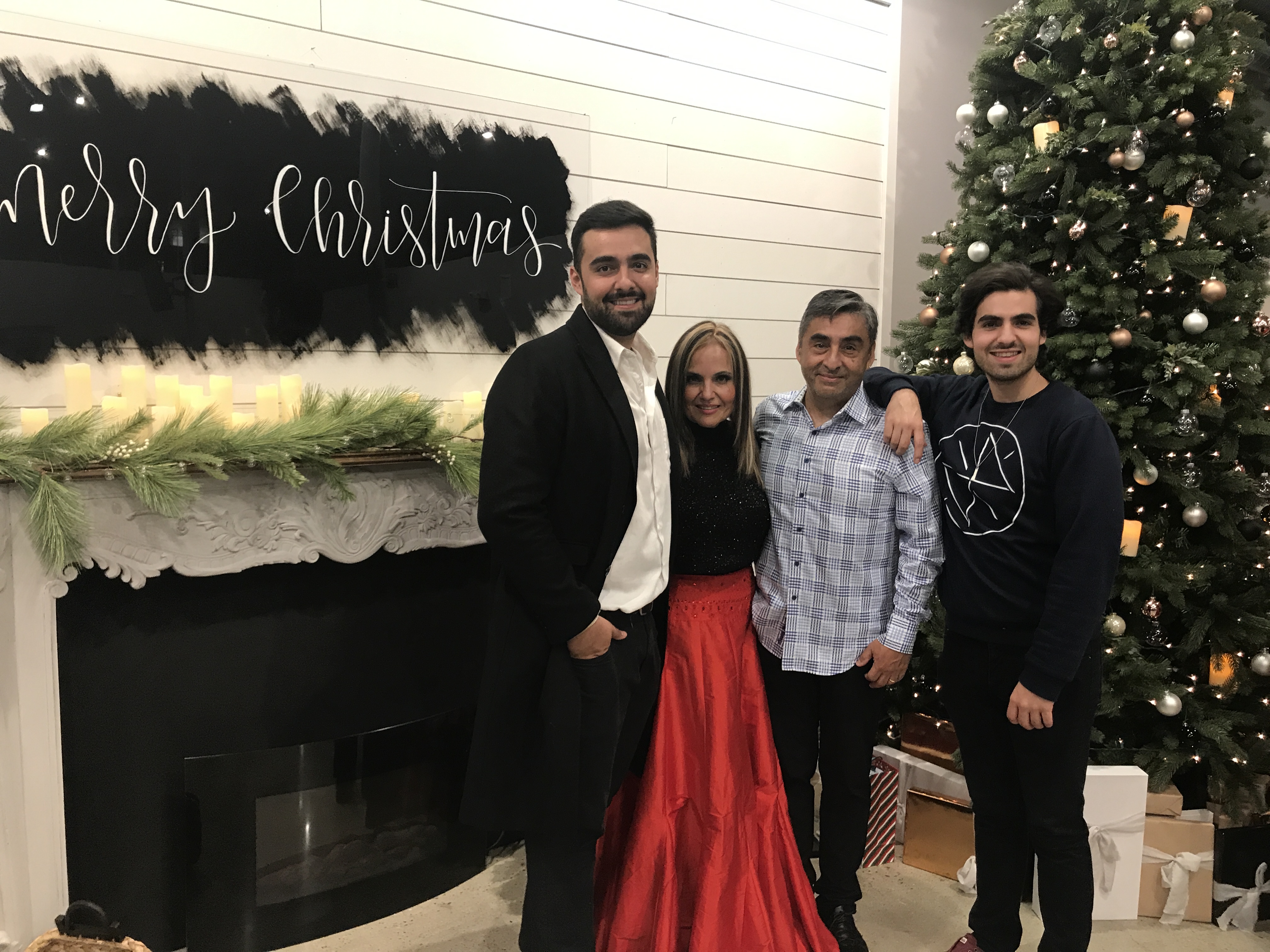
By Lisa L. McGloiry
1. As our nation recognizes National Hispanic Heritage Month, what aspects of your heritage do you honor and appreciate the most?
I am Peruvian, and I love my heritage because we are indigenous people with a mixture of Spanish and African influences that make us diverse in so many ways. We express our culture through food, music, dance, sports, celebrations, and various art forms.

Peruvian music represents a colorful fusion of distinct and beloved sounds, from the waltz and marineras of the coast, along with the indigenous sounds of the Quenas, and Zampoñas from the Andes, and the flavorful Afro-Peruvian rhythms. These are expressed in songs and typical dances like our Afro-Peruvian tap dancing, with instruments like the cajón, the cucharas (spoons) and Quijada De Burro (Donkey’s Jaw). Peruvian cuisine is beloved worldwide because it is vibrant and unique, and Fútbol (soccer) is our most popular sport. All these things are part of me, and I embrace it all, so I cannot pinpoint one aspect of my heritage that I appreciate the most. All of it makes me who I am.
2. As a worship leader, why is it so important to sing different languages like Spanish to represent the diversity and flavor of music in the body of Christ and, in the process, reach more people for Jesus?
We live in an era of globalization, and worship music is a part of this phenomenon. Both reflect the plurality and multicultural age that defines our lives. Music intimately bonds with all people, and it functions as an expressive element of each cultural grouping.
For example, here at Shepherd church, people of different cultures gather in worship and express themselves in a meaningful way. I remember what happened the very first time I sang Shout to the Lord in Spanish. I think it was the very first time someone sang at our church in another language other than English. I wasn’t expecting the reaction of the congregation. At that moment, the whole congregation united in a way that transcended culture and the language barrier. At the same time, the Hispanic community was able to worship in their own language. So when you incorporate Spanish and other languages and dialects of the world, you are pursuing unity in diversity as we worship.
We are so blessed to live and conduct ministry in America, where different music and cultures interact. One song that promotes unity and diversity is songwriter and worship leader Chris Tomlin’s version of How Great Is Our God. He recorded this worship song in different languages (including English, Japanese, Portuguese, Italian, Spanish, Tagalog, Nigerian, African, and Korean). When we are open to bringing in the elements of this kind of diversity, in both culture and language, we are giving voice to Yahweh, the God of the universe. We are also moving towards what John wrote in Revelation 7:9, “After this I looked, and there before me was a great multitude that no one could count, from every nation, tribe, people and language, standing before the throne and before the Lamb.”
I think it is critical for the body of Christ, especially in America to realize that we have a huge opportunity to model the unity we have in Christ by embracing diverse people and their cultures. By doing so, we give a voice to the vast kingdom of God. Worship music is a tremendous channel to bring the good news of Christ to every corner of the world.
3. You are from Peru, and your husband is from Chile. How do you and your family celebrate your heritage’s rich contributions and traditions and pass them down to your children?
I moved here from Perú to America over 40 years ago. As a Hispanic-American, I have absorbed the American culture while keeping true to my original Latin American roots, which is dear to my heart. My heritage, along with my accent, makes me very unique. It sets me apart, especially as a worship leader in the Church and the music industry as a whole.
The blend of my two cultures is reflected in my home because both of our two children are bilingual — fluent in both English and Spanish. My husband and I didn’t do anything special to ensure that they embraced their Latin American roots. Since Spanish is our first language, we spoke it to our children, and they learned it. We also exposed them to music — the richness of Afro-Peruvian music and rhythms and they absorbed it.
Our love for soccer has also been passed down to my children. My husband grew up playing Fútbol in the street and continued playing it, so my oldest son loves it too. Another family tradition is how we celebrate Christmas on Christmas Eve. We wait till midnight and gather together. It was common to stay up until 3 a.m. and go outside and celebrate with our friends around the block. Now we don’t stay up that late, but we have dinner at 10 p.m. and then wait till midnight and wish each other a Merry Christmas. It’s little things like that that we’ve done as a family that embraces our Latin American culture and that our children will carry on with their families.